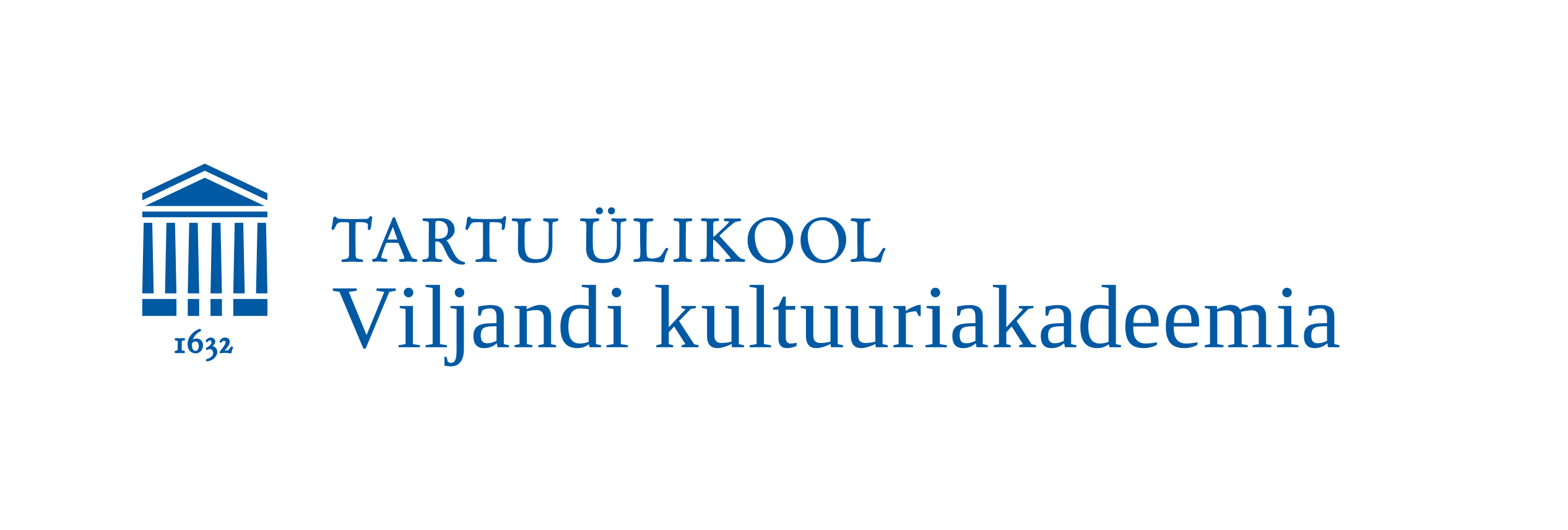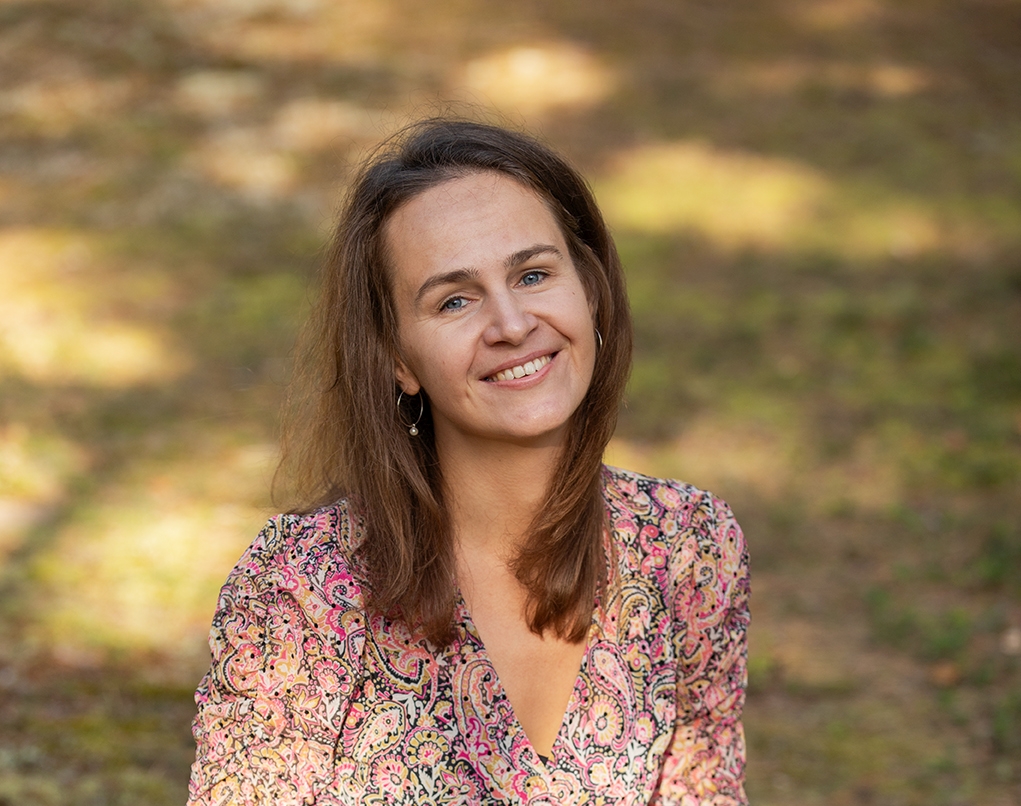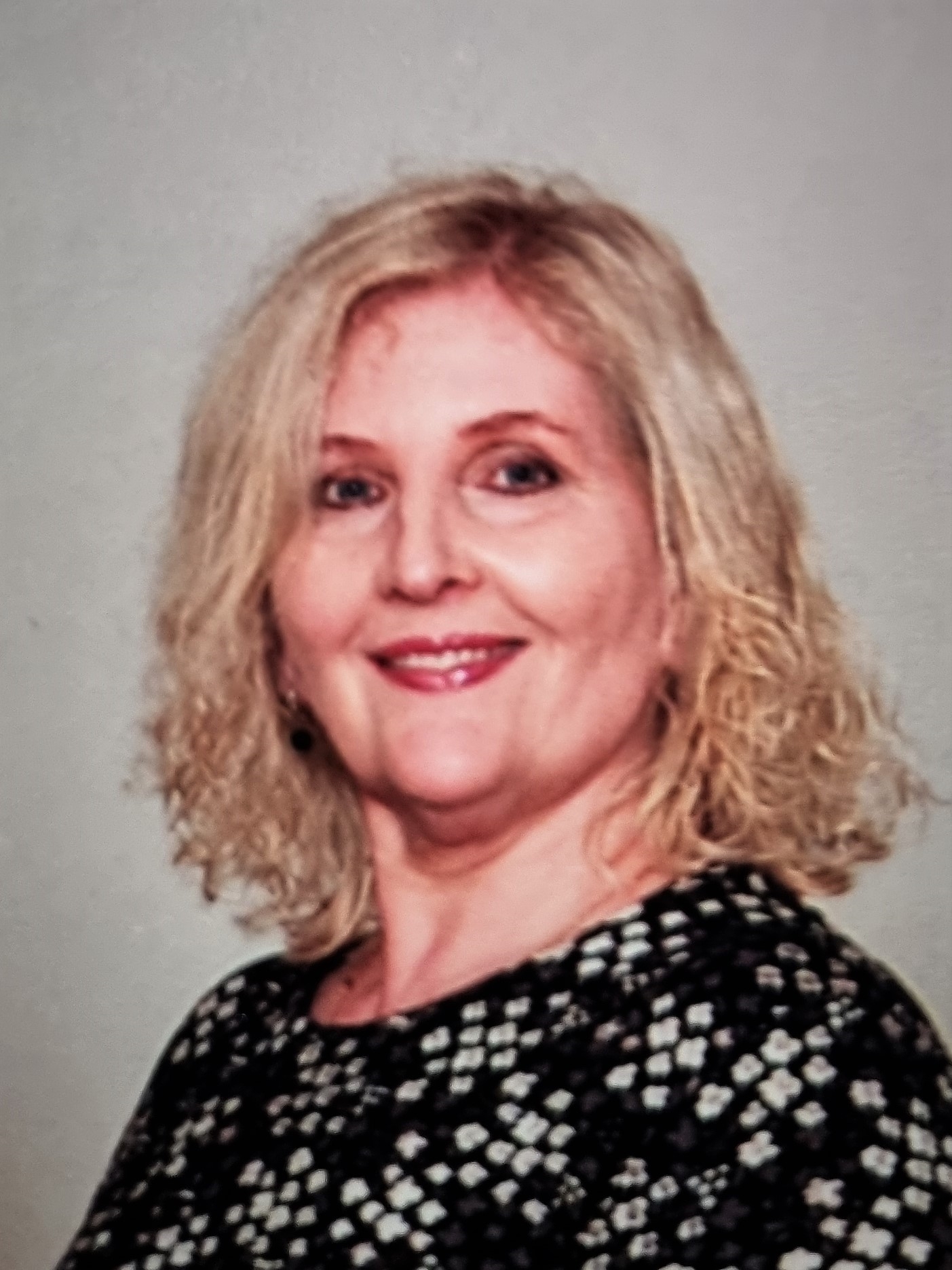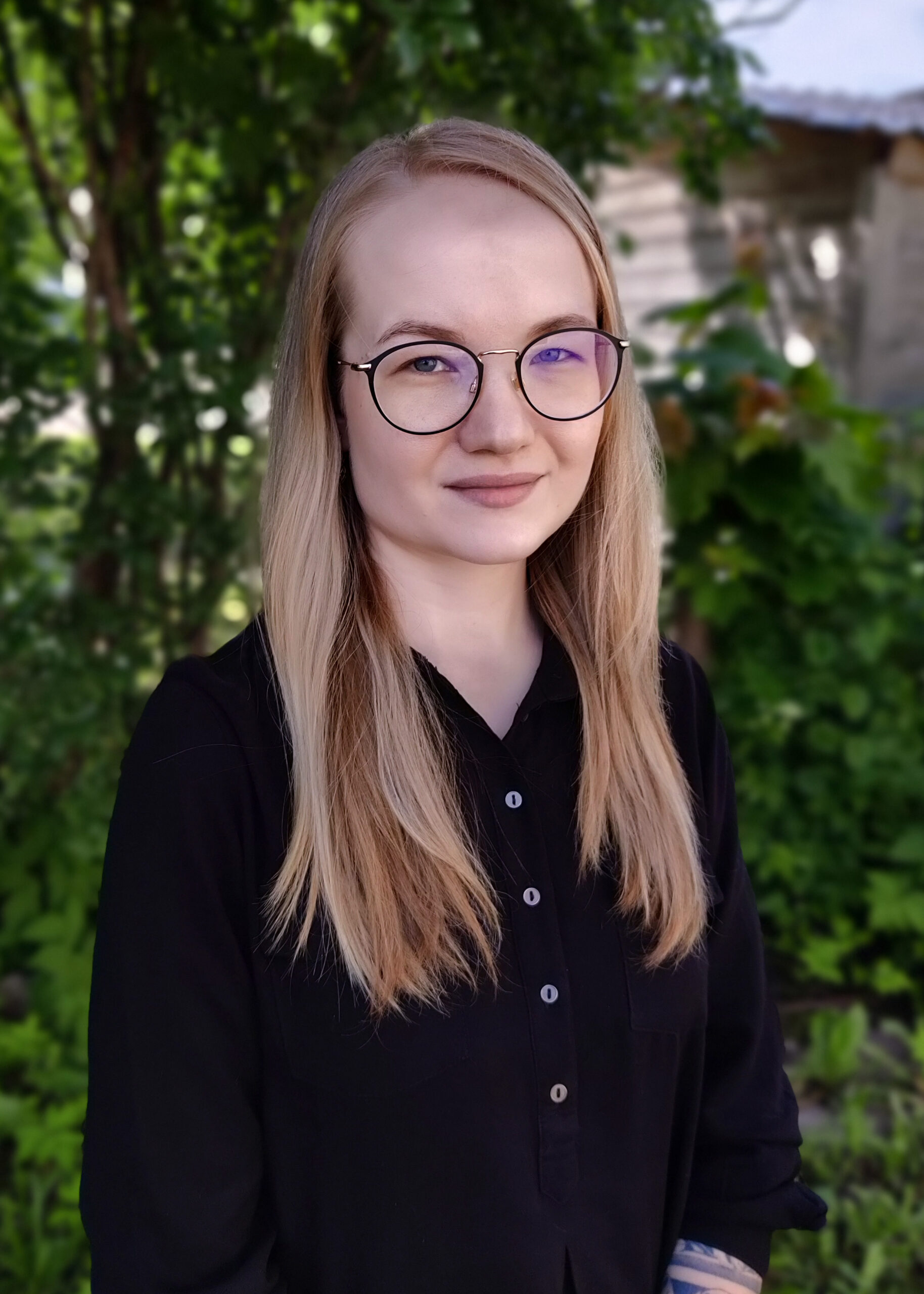“UURIMUS EESTI RAHVUSLIKU ORELIKULTUURI AJALOOLISEST KUJUNEMISEST JA 21.SAJANDI ORELIHARIDUSE JÄTKUSUUTLIKUSEST” (juhendaja Aaro Tetsmann).
LÜHIÜLEVAADE: Uurimuse teema kujunes välja Eestis valitsevas hetkeolukorrast, kus orelikultuur ja selle edasiviijad ei ole riiklikul tasandil piisavalt väärtustatud, oreliharidus ei ole süsteemne ning oreli algõpe riiklikul tasandil peaaegu puudub. Töö probleem on tuletatud ajaloole tuginevast teadmisest, et Eestil on mereäärse riigina olnud soodne asukoht orelikultuuri varajaseks tekkeks, samuti arenguks tänu Eesti oreliajaloo suurkujudele järjepidevale tööle. Tänase orelikultuuri jätkusuutlikkus on otseses sõltuvuses orelihariduse kvaliteedist ja üleriiklikust hoiakust, tegelikkuses kajastub vähene huvi oreli ja kirikumuusiku eriala vastu ning organistide ja orelipedagoogide alamotiveeritus. Uuring püüab juhtida tähelepanu väärtustele, mille kaitsmine on üldises kultuurikontekstis oluline ning selle säilitamine saab toimuda eelkõige selle eriala spetsialistide aktiivsel osalusel.
Kasutatud on kvalitatiiv-kvantitatiivset uurimisviisi. Uurimuse metoodika põhineb küsimustikul Eesti organistide orelikultuuri ja –haridusalaste seisukohtade kaardistamiseks, ajaloolised andmed tuginevad kirjalikel allikatel.
Ligi 2250 aastasesse orelikultuuri kujunemisse on Eesti olnud kaasatud umbes 700 aastat. Oreli areng ja kasutusala on liikunud käsikäes muusika arengu ja ühiskonnas valitsevate väärtushinnangutega. Valitsevad väärtushinnangud on jaotanud eesti orelikultuuri ajaloolise kujunemise vastavalt arengulisteks või tagurlikeks etappideks. Eesti orelihariduse ja interpretatsioonikunsti üldist olukorda võib nimetada pigem positiivseks, kuigi tulemused olid ebaühtlased, seotud töötingimuste, –hõive ja tasustamisega. Vajakajäämised on seotud orelipedagoogika ebaühtluse ning süsteemse oreliõpetuse puudumisega algastme tasandi muusikakoolides ja orelipedagoogide ning oreliõpilaste alamotiveeritus.
Eestil on tugev potentsiaal kuuluda arenenud orelikultuuriga riikide hulka rahvusvahelisel tasandil, kuid ajalooliselt kaaluka orelikultuuri jätkusuutlikkuse tagamiseks on vajalik erialaspetsialistide aktiivsem koostöö ning suurem tähelepanu riiklikul tasandil.
Praktiliseks soovituseks: tulevikuperspektiivist lähtuvalt oleks otstarbekas kokku kutsuda vastava valdkonna spetsialistid, analüüsida ja hinnata uurimustöö tulemusi. Moodustada professionaalne töögrupp, käivitada eesmärgistatud tööprotsess. Orelihariduse jätkusuutlikkust toetavad ja pidurdavad ilmingud ning võimalikud lahendused võiks avalikustada üleriiklikul tasandil. Töögrupi esmases fookuses võiks olla oreliharidus: oreli ja kirikumuusika eriala propageerimine, algastme õppekavade väljatöötamine, emakeelse oreliõpiku koostamine ja väljaandmine, oreliõpetuse käivitamine lastemuusikakoolides, mis omakoda tagaks erialase töö diplomeeritud spetsialistidele.
Merle Kollom
lõputöö autor
TÜ Viljandi Kultuuriakadeemia
LÄBITUD ÕPPEKAVA: muusikaõpetaja MA õppekava.
SUMMARY: The primary objective of this study was to determine how the pipe organ culture of Estonia is positioned in the overall cultural context of our country, what is the current situation with pipe organ education and what is the sustainability extent? The methodology applied was based on the questionnaire compiled by the author to map out the opinions of Estonian pipe organ players regarding the pipe organ culture and corresponding education. The historical data was derived from published sources.
The study results indicate that Estonia has been involved in approximately 700 years of the pipe organ culture formation process spanning about 2,250 years in total so far. Over 10,000 historically valuable pipe organs preserved as part of the European cultural heritage testify to the diversity of pipe organs and include numerous pipe organs from the late romanticism period in Estonia. Pipe organs have evolved and their sphere of application has changed in parallel with the development of music and in keeping with the predominant value orientations in society. Such predominant value orientations in the context of the evolution of Estonian pipe organ culture resulted in a sequence of facilitating and hindering periods. The recent 50 years of Soviet ideology interfered with the consistency of the pipe organ education in Estonia and our country also missed out on the pipe organ reform movement with the removal of historically valuable instruments from the churches. The academic pipe organ education in Estonia was shaped with the assistance of the St. Petersburg Conservatoire. The first Estonian graduates laid the foundation for our national pipe organ school that will celebrate its 100th anniversary in 2019. That school then split into two: August Topman’s school that created the basis for the pipe organ education in Estonia and Hugo Lepnurm’s school that ensured sustainability of the Estonian pipe organ culture. We are now witnessing the emergence of a third school under the leadership of Andres Uibo whose systematic activities have reinstated the status of Estonia as a country of notable pipe organ presence.
The positive result of the questionnaire is that Estonia clearly has highly qualified and diversified pipe organ specialists. It is noteworthy that the respondents indicate reliance on the locally developed pipe organ teaching methods, including their own, and one of those methods is used abroad, too. The overall situation in the pipe organ education and corresponding art of interpretation in Estonia is positive but the results obtained were uneven, depending on working conditions, workload and wages. The results confirm a good level of education and sufficient learning opportunities at secondary and higher music schools.
The negative aspects mentioned were insufficient initial pipe organ learning opportunities at music schools and low interest in the pipe organ/church music specialties. The respondents revealed a generally passive attitude towards in-service training and exchanges of experience with foreign colleagues. They also demonstrated excessive divisions between several specialties and insufficient motivation due to low wages. The results were most unclear about the contents of the used pipe organ teaching methods. The recurring impression was that there is no common understanding about pipe organ teaching methods and educational approaches: the replies were contradictory, the topic was avoided and the respondents refrained from comments.
In summing up we should note that Estonia possesses a strong potential to be among the countries with developed pipe organ cultures – to have a prominent international presence, but to ensure the sustainability of our historically significant pipe organ culture we need to stimulate better cooperation between the specialists and attract more attention on the national level.
Practical recommendations: for the sake of the future it would be expedient to bring together specialists in the corresponding field, to analyse and assess the study results. A professional workgroup should be established and a purpose-oriented work process should commence. The aspects that support or hinder the pipe organ education’s sustainability should be published nationally, along with the possible solutions. The workgroup should focus on pipe organ education: popularisation of pipe organ/church music specialties, development of initial-stage curricula, creation and publication of a pipe organ textbook in Estonian and introduction of pipe organ classes in children’s music schools, thus ensuring relevant work for specialists with diplomas.



